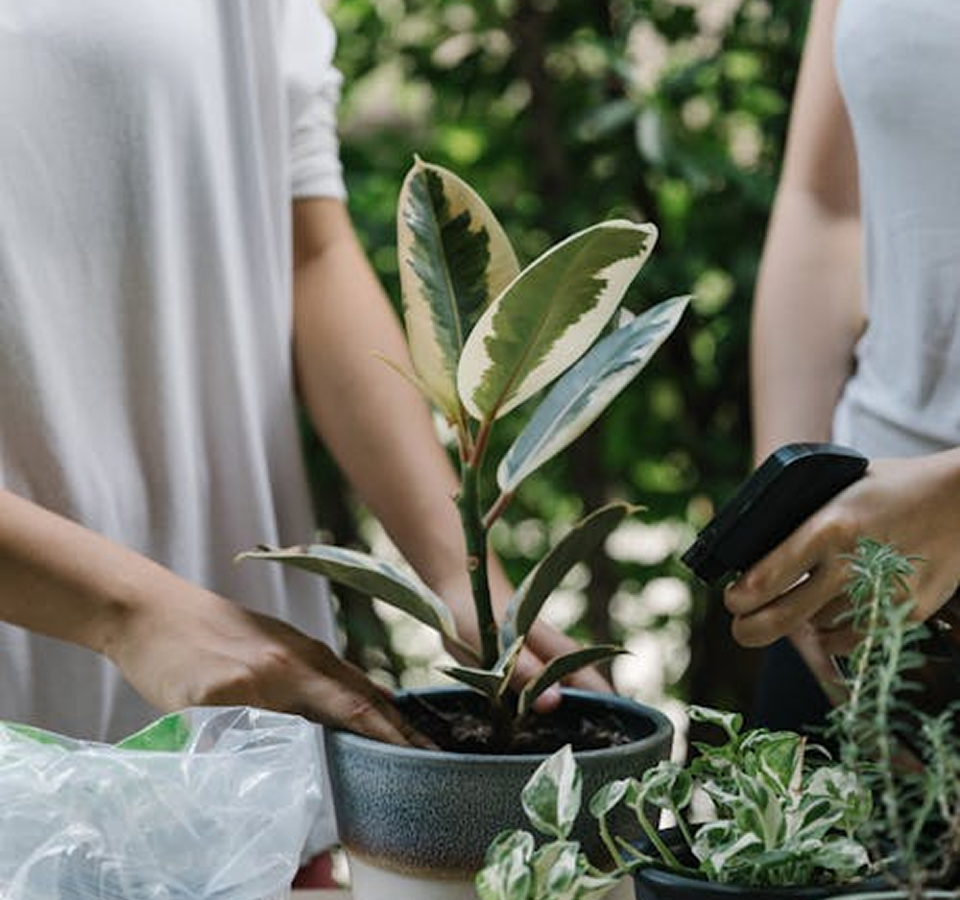Landscape Gardening in Ruislip
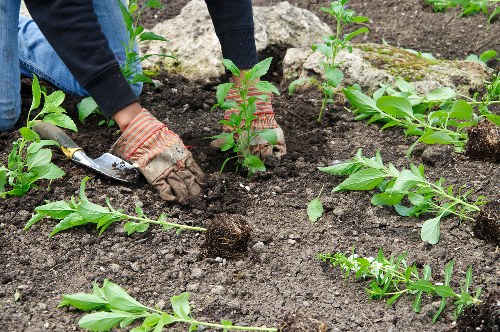
Welcome to the vibrant world of landscape gardening in Ruislip, where your outdoor spaces are transformed into beautiful and functional environments. Whether you have a sprawling garden or a cozy backyard, Ruislip offers a unique blend of urban and natural settings that are perfect for creating stunning landscapes. In this comprehensive guide, we will explore the essential aspects of landscape gardening in Ruislip, helping you design, implement, and maintain a garden that not only enhances the aesthetic appeal of your home but also contributes to the overall well-being of your family.
Landscape gardening is more than just planting flowers and shrubs; it involves thoughtful planning and design to create harmonious outdoor spaces. In Ruislip, where the climate and soil conditions are specific, choosing the right plants and materials is crucial. This guide will provide insights into selecting plants that thrive in Ruislip’s environment, designing layouts that maximize space and functionality, and incorporating sustainable practices to ensure your garden remains lush and vibrant year-round.
Understanding the local climate and soil type is the first step in successful landscape gardening. Ruislip experiences a temperate climate with relatively mild winters and warm summers, providing a suitable environment for a wide variety of plants. However, the soil composition can vary, so conducting a soil test is recommended to determine pH levels and nutrient content. This information will guide you in amending the soil appropriately and selecting plants that are well-suited to your garden’s conditions.
The Importance of Planning Your Landscape
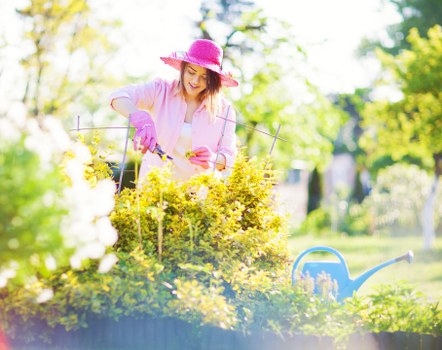
Effective landscape gardening begins with meticulous planning. Planning allows you to visualize the end result and ensures that all elements of your garden work together cohesively. Start by assessing the existing conditions of your garden, including sunlight exposure, drainage patterns, and any existing structures or vegetation. Consider how you intend to use the space—whether for entertaining, relaxation, gardening, or play areas for children.
Create a site map that outlines the dimensions of your garden and marks key features such as trees, patios, and water elements. This will serve as a blueprint for your design, helping you allocate space efficiently and avoid overcrowding. Incorporating pathways and focal points can guide the flow of movement and add visual interest to your garden.
Choosing a theme or style for your garden can also streamline the planning process. Whether you prefer a traditional English garden, a modern minimalist landscape, or a vibrant cottage garden, having a clear vision will influence your choice of plants, materials, and garden features. Consistency in style creates a harmonious atmosphere and makes maintenance easier.
Selecting the Right Plants
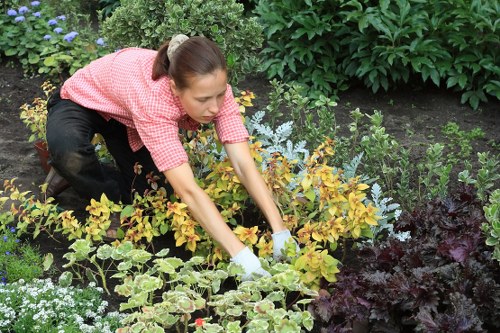
One of the most critical aspects of landscape gardening is plant selection. In Ruislip, you have access to a diverse range of plants that can thrive in the local climate. When choosing plants, consider their growth habits, color schemes, and seasonal interest. Opt for native species where possible, as they are well-adapted to the local environment and require less maintenance.
Perennials are an excellent choice for Ruislip gardens, providing color and structure year after year. Popular options include lavender, coneflowers, and hostas. Shrubs such as hydrangeas and boxwoods add depth and form, while trees like dogwoods and maples offer shade and vertical interest.
Don’t forget about ground covers and ornamental grasses, which can fill in spaces and reduce the need for weeding. Additionally, incorporating a variety of plant heights and textures can create a dynamic and visually appealing garden. Grouping plants with similar water and light requirements together will make maintenance easier and more efficient.
Designing Your Garden Layout
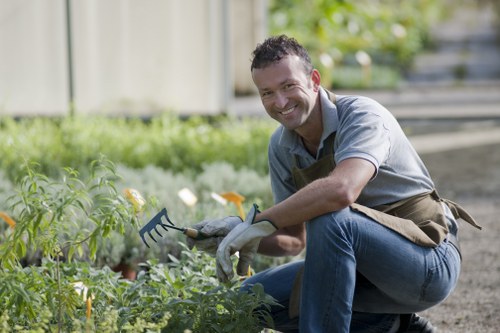
A well-designed garden layout balances aesthetics with functionality. Start by dividing your garden into different zones based on their intended use. For example, create a seating area for relaxation, a vegetable patch for homegrown produce, and a play area for children. This zoning helps in organizing your garden and ensures that each section serves its purpose effectively.
Incorporate hardscape elements such as patios, walkways, and pergolas to add structure and define spaces. Materials like stone, gravel, and wood can complement the natural surroundings and enhance the overall look of the garden. Additionally, adding water features like fountains or ponds can introduce a soothing element and attract local wildlife.
Lighting is another essential component of garden design. Proper lighting not only extends the usability of your garden into the evening but also highlights key features and creates ambiance. Use a combination of ambient, task, and accent lighting to achieve a balanced and inviting atmosphere.
Sustainable Landscaping Practices
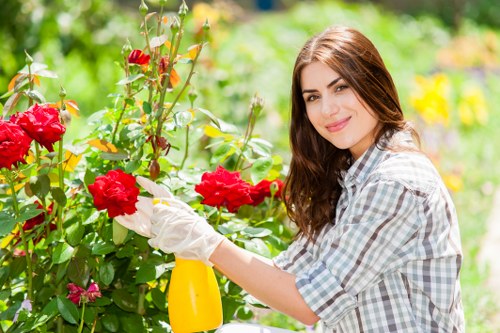
Sustainability is a growing trend in landscape gardening, and for good reason. Sustainable practices not only benefit the environment but also contribute to a healthier and more resilient garden. Start by using native plants, which are adapted to the local climate and require less water and fertilizer. Additionally, consider incorporating drought-tolerant species to reduce irrigation needs.
Implementing efficient water management techniques is crucial. Install rain barrels to collect rainwater, and use drip irrigation systems to minimize water waste. Mulching your garden beds helps retain moisture, suppress weeds, and regulate soil temperature, promoting healthier plant growth.
Reducing chemical usage is another important aspect of sustainable gardening. Opt for organic fertilizers and natural pest control methods to maintain soil health and protect beneficial insects. Composting kitchen and garden waste can provide a rich source of nutrients for your plants and reduce landfill waste.
Maintenance Tips for a Thriving Garden

To keep your landscape garden in Ruislip lush and thriving, regular maintenance is key. Here are some essential tips:
- Watering: Ensure your plants receive adequate water, especially during dry spells. Early morning watering reduces evaporation and allows plants to absorb moisture effectively.
- Pruning: Regular pruning promotes healthy growth and prevents overgrowth. Remove dead or diseased branches and shape plants to enhance their appearance.
- Weeding: Keep your garden bed free of weeds, which compete with your plants for nutrients and water. Use mulch to suppress weed growth and reduce labor.
- Fertilizing: Apply appropriate fertilizers to replenish soil nutrients and support plant growth. Follow recommended guidelines to avoid over-fertilization.
- Pest Control: Monitor your garden for pests and take prompt action to manage infestations. Use eco-friendly pest control methods to protect beneficial insects.
By following these maintenance practices, your landscape garden in Ruislip will remain vibrant and sustainable for years to come.
Choosing the Right Landscaping Professionals

While DIY landscape gardening can be rewarding, hiring professional landscapers in Ruislip ensures that your garden is designed and maintained to the highest standards. Professional landscapers bring expertise in plant selection, design principles, and sustainable practices, helping you create a garden that meets your vision and adapts to the local environment.
When selecting a landscaping professional, consider their experience, portfolio, and client reviews. A reputable landscaper will offer personalized services tailored to your specific needs and preferences. They can also provide valuable advice on garden maintenance, helping you preserve the beauty and functionality of your outdoor space.
Collaborating with local professionals supports the community and ensures that your garden benefits from their knowledge of Ruislip’s unique climate and soil conditions. Invest in quality landscaping services to transform your garden into a stunning retreat that you and your family can enjoy for years.
Seasonal Gardening in Ruislip

Ruislip experiences distinct seasons, each bringing its own set of gardening challenges and opportunities. Understanding how to adapt your gardening practices throughout the year ensures that your landscape remains healthy and attractive.
Spring: This is the ideal time to plant new flowers and shrubs. Focus on planting bulbs for vibrant spring blooms and preparing your garden beds with fresh soil and compost.
Summer: Maintain your garden by providing adequate water and managing pests. Prune overgrown plants and harvest vegetables and herbs from your garden.
Autumn: Clean up fallen leaves and debris to prevent disease. Plant perennials and prepare your garden for the cooler months by adding mulch.
Winter: Protect sensitive plants from frost and continue to monitor for pests. Plan for the upcoming gardening season by researching new plant varieties and designing garden layouts.
Incorporating Hardscape Elements

Hardscape elements play a crucial role in landscape gardening by adding structure and functionality to your garden. These features complement the natural beauty of plants and provide practical benefits.
Patios and Decks: Create outdoor living spaces with patios and decks, perfect for entertaining guests or relaxing with family. Use materials like stone, concrete, or wood to match your garden’s aesthetic.
Pathways: Define the flow of your garden with pathways that guide visitors through different areas. Choose from various materials, such as gravel, pavers, or gravel, to create visually appealing and durable paths.
Water Features: Add a sense of tranquility with water features like fountains, ponds, or waterfalls. These elements not only enhance the beauty of your garden but also attract wildlife.
Creating a Wildlife-Friendly Garden

Attracting wildlife to your garden adds life and diversity, making your outdoor space more dynamic and enjoyable. A wildlife-friendly garden supports local ecosystems and provides natural pest control.
Incorporate native plants that provide food and shelter for birds, bees, and butterflies. Install birdhouses, bat boxes, and insect hotels to create habitats for various species. Additionally, avoid using chemical pesticides and fertilizers, which can harm beneficial insects and other wildlife.
Providing a water source, such as a birdbath or small pond, supports wildlife year-round. Planting a variety of flowering plants ensures a continuous supply of nectar and pollen from spring to autumn, attracting pollinators essential for a healthy garden.
Maximizing Small Garden Spaces

If you have a limited garden area in Ruislip, you can still create a stunning landscape by optimizing the use of space. Smart design and plant selection are key to maximizing small garden spaces.
Vertical Gardening: Utilize vertical space with trellises, wall-mounted planters, and vertical gardens. This approach allows you to grow more plants without taking up valuable ground space.
Container Gardening: Use containers to grow flowers, herbs, and vegetables. Containers can be moved and rearranged easily, providing flexibility in your garden design.
Multi-Functional Plants: Choose plants that serve multiple purposes, such as providing shade, privacy, or ornamental value. This maximizes the functionality of each plant in your garden.
Mirror and Lighting Effects: Use mirrors and strategic lighting to create the illusion of a larger space. Well-placed mirrors can reflect light and make your garden appear more expansive.
Enhancing Privacy in Your Garden

Creating a private sanctuary in your garden allows you to enjoy your outdoor space without unwanted interruptions. There are several ways to enhance privacy in your landscape garden in Ruislip.
Fencing and Walls: Install fences or walls to create a physical barrier around your garden. Choose materials that complement your garden’s design, such as wooden panels, brick walls, or metal fencing.
Hedges and Shrubs: Plant dense hedges or tall shrubs to block views from neighboring properties. Evergreen plants like boxwoods, laurel, and privet retain their foliage year-round, providing continuous privacy.
Trellises and Pergolas: Use trellises and pergolas covered with climbing plants to create natural screens. These structures add vertical interest while enhancing privacy.
Incorporating Sustainable Materials

Choosing sustainable materials for your landscape garden reduces your environmental footprint and promotes eco-friendly gardening practices. Sustainable materials are durable, renewable, and contribute to a healthier garden ecosystem.
Recycled Materials: Use recycled materials for garden structures, paths, and edging. Materials like reclaimed wood, recycled plastic, and repurposed metal are environmentally friendly choices.
Natural Stone: Incorporate natural stone for patios, walkways, and walls. Stone is long-lasting and blends seamlessly with the natural environment.
Compost and Mulch: Use compost and organic mulch to improve soil health and retain moisture. These materials are sustainable alternatives to chemical fertilizers and help reduce waste.
Integrating Technology in Landscape Gardening

Modern technology can enhance your landscape gardening experience by making maintenance easier and improving the overall efficiency of your garden. Integrating technology into your garden can lead to a more sustainable and enjoyable outdoor space.
Smart Irrigation Systems: Install smart irrigation systems that automatically adjust watering schedules based on weather conditions. These systems conserve water and ensure your plants receive the right amount of moisture.
Automated Lighting: Use automated lighting systems to illuminate your garden at night. Smart lighting can be controlled remotely, allowing you to set timers and moods with ease.
Garden Sensors: Employ garden sensors to monitor soil moisture, temperature, and light levels. These sensors provide valuable data that can inform your gardening practices and improve plant health.
Enhancing Aesthetics with Garden Art

Garden art adds a personalized touch to your landscape, reflecting your style and enhancing the visual appeal of your outdoor space. Incorporating artistic elements can create focal points and add character to your garden.
Sculptures and Statues: Place sculptures or statues as focal points in your garden. Choose pieces that complement your garden’s theme and blend with the natural surroundings.
Decorative Planters: Use decorative planters to showcase your favorite plants. Stylish containers can add color and texture to your garden design.
Water Feature Ornaments: Enhance water features with artistic ornaments like fountains, decorative stones, or floating lights. These elements add interest and create a serene atmosphere.
Call to Action

Contact us today to start transforming your outdoor space into a beautiful and sustainable landscape garden in Ruislip. Our team of experienced gardeners is ready to help you design and maintain the garden of your dreams. Book your service now and take the first step towards a thriving and aesthetically pleasing garden.
